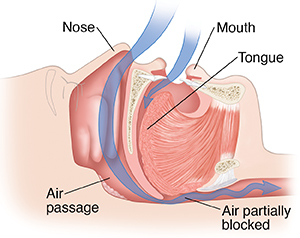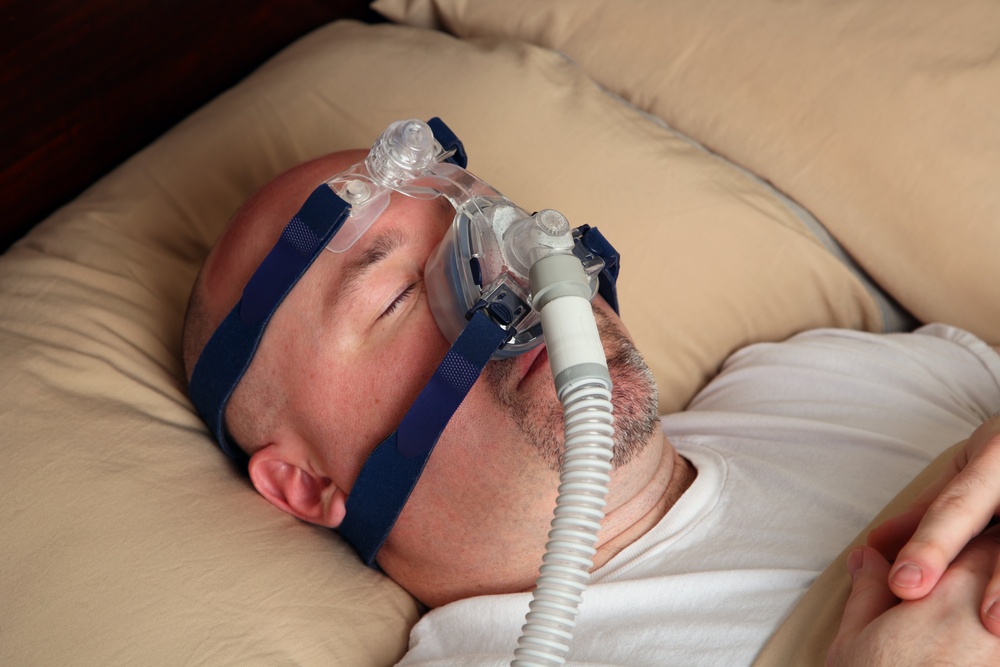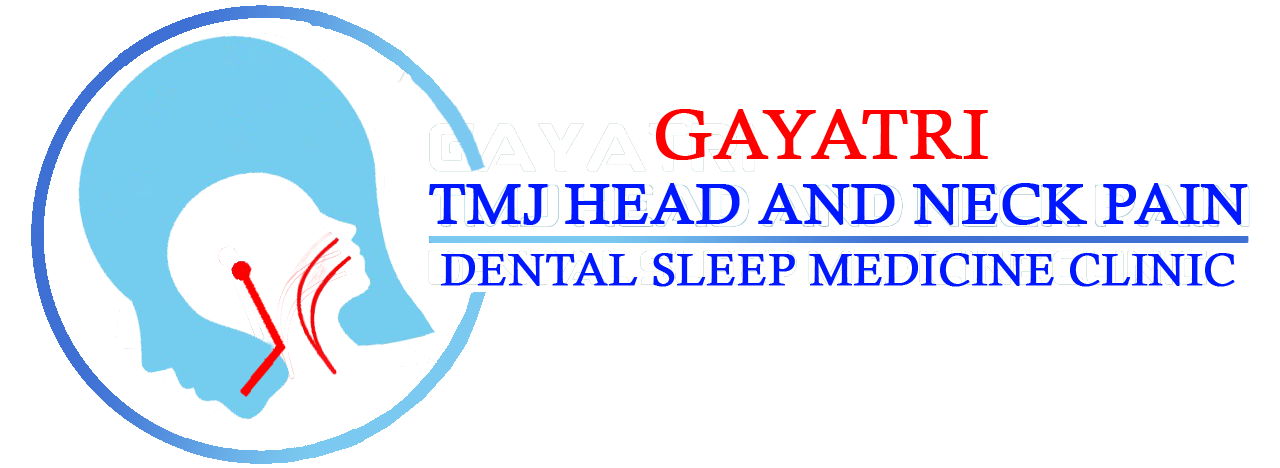Symptoms
Snoring is often associated with a sleep disorder called obstructive sleep apnea (OSA). Not all snorers have OSA, but if snoring is accompanied by any of the following symptoms, it may be an indication to see a doctor for further evaluation for OSA:
- Witnessed breathing pauses during sleep
- Excessive daytime sleepiness
- Difficulty concentrating
- Morning headaches
- Dry mouth upon awakening
- Restless sleep with increased movements in sleep
- Gasping or choking at night
- High blood pressure
- Chest pain at night
- Your snoring is so loud it’s disrupting your partner’s sleep
- In children, poor attention span, behavioral issues or poor performance in school
- Frequent arousals or washroom breaks in night
OSA often is characterized by loud snoring followed by periods of silence when breathing stops or nearly stops. Eventually, this reduction or pause in breathing may signal you to wake up, and you may awaken with a loud snort or gasping sound.
You may sleep lightly due to disrupted sleep. This pattern of breathing pauses may be repeated many times during the night.
People with obstructive sleep apnea usually experience periods when breathing slows or stops at least five times during every hour of sleep.
If you have any of the above symptoms. These may indicate your snoring is associated with obstructive sleep apnea (OSA).
If your child snores, and if he or she is grinding teeth in night, then child could be having sleep disordered breathing or OSA
Causes

Snoring can be caused by a number of factors, such as the anatomy of your jaws, mouth, sinuses and throat, alcohol consumption, allergies, cold, and your weight.
When you doze off and progress from a light sleep to a deep sleep, the muscles in the roof of your mouth (soft palate), tongue and throat relax. The tissues in your throat can relax enough that they partially block your airway and vibrate.
The more narrowed your airway, the more forceful the airflow becomes. This increases tissue vibration, which causes your snoring to grow louder.
Risk factors
Risk factors that may contribute to snoring and OSA include:
- Being a man.Men are more likely to snore or have sleep apnea than are women.
- Being overweight.People who are overweight or obese are more likely to snore or have obstructive sleep apnea.
- Having a narrow airway.Some people may have small jaws, a long soft palate, or large tonsils or adenoids, which can narrow the airway and cause snoring.
- Drinking alcohol.Alcohol relaxes your throat muscles, increasing the risk of snoring.
- Having nasal problems.If you have a structural defect in your airway, such as a deviated septum, or your nose is chronically congested, your risk of snoring is greater.
- Having a family history of snoring or obstructive sleep apnea.Heredity is a potential risk factor for OSA.
Complications
Habitual snoring may be more than just a nuisance. Aside from disrupting a bed partner’s sleep, if snoring is associated with OSA, you may be at risk for other complications, including:
- Daytime sleepiness
- Frequent frustration or anger
- Difficulty concentrating
- A greater risk of high blood pressure, heart conditions and stroke
- An increased risk of behavior problems, such as aggression or learning problems, in children with OSA.
- An increased risk of motor vehicle accidents due to lack of sleep
Diagnosis
To diagnose your condition, we will review your signs and symptoms, and your medical history. We will also perform a physical examination.
We may ask your partner some questions about when and how you snore to help assess the severity of the problem. If your child snores, you’ll be asked about the severity of your child’s snoring.
Imaging
we may request an imaging test, such as an X-ray, a CT scan or MRI. These tests check the structure of your airway for problems.
Sleep study
Depending on the severity of your snoring and other symptoms, we may want to conduct a sleep study. Sleep studies may be done at home or at a hospital.
However, depending upon your other medical problems and other sleep symptoms, you may need to stay overnight at a sleep center to undergo an in-depth analysis of your breathing during sleep by a study, called a polysomnography.
In a polysomnography, you’re connected to many sensors and observed overnight. During the sleep study, the following information is recorded:
- Brain waves
- Blood oxygen level
- Heart rate
- Breathing rate
- Sleep stages
- Eye and leg movements
Treatment
Following lifestyle changes, can help in snoring
- Losing weight
- Avoiding alcohol close to bedtime
- Treating nasal congestion
- Avoiding sleep deprivation
- Avoiding sleeping on your back
but for snoring accompanied by OSA, patients may need treatment
- Oral appliances are form-fitting dental mouthpieces that help advance the position of your jaw, tongue and soft palate to keep your air passage open. They are one of the most comfortable treatments in managing obstructive sleep apnea.
- If you choose to use an oral appliance, you’ll work with Dr Hemant Soni to optimize the fit and position of the appliance. Regular visits may be necessary at least once every six months during the first year, and then at least annually after that, to have the fit checked and to assess your oral health.
- Continuous positive airway pressure (CPAP) machine may be suggested if your symptoms are more severe. consultations with other specialists may also be suggested based on the issues.

- This approach involves wearing a mask over your nose or mouth while you sleep. The mask directs pressurized air from a small bedside pump to your airway to keep it open during sleep. CPAP eliminates snoring and is most often used to treating snoring when associated with OSA. Although CPAP is the most reliable and effective method of treating OSA, some people find it uncomfortable or have trouble adjusting to the noise or feel of the machine.
- Upper airway surgery.There are a number of procedures that seek to open the upper airway and prevent significant narrowing during sleep through a variety of techniques.
For example, in a procedure called uvulopalatopharyngoplasty (UPPP), you’re given general anesthetics and your surgeon tightens and trims excess tissues from your throat — a type of face-lift for your throat. Another procedure called maxillomandibular advancement (MMA) involves moving the upper and lower jaws forward, which helps open the airway. Radiofrequency tissue ablation employs a low-intensity radiofrequency signal to shrink tissue in the soft palate, tongue or nose
The effectiveness of these surgeries varies and the response can be challenging to predict.
We don’t recommend surgeries in most of our patients as success varies.
Book your appointment
